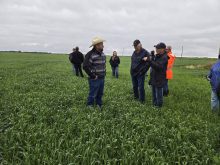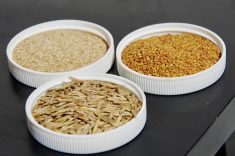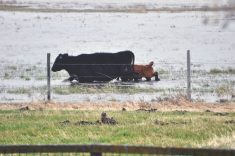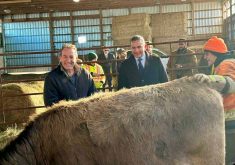“There’s never been this much water laying around. We’re hoping it will quit raining and dry up here shortly.”
– DANA JOHNS
As the wettest spring in living memory sloshes its way into summer, a drive through the countryside shows that there’s very little work being done.
South of Virden off Hwy. #83, some sprayer tracks could be seen in the mud, and a few fields farther south on Hwy. #2 had hay crops laying in the swath. Near Pipestone, some hay bales rolled up by one lucky farmer could be seen on a dry patch.
Read Also
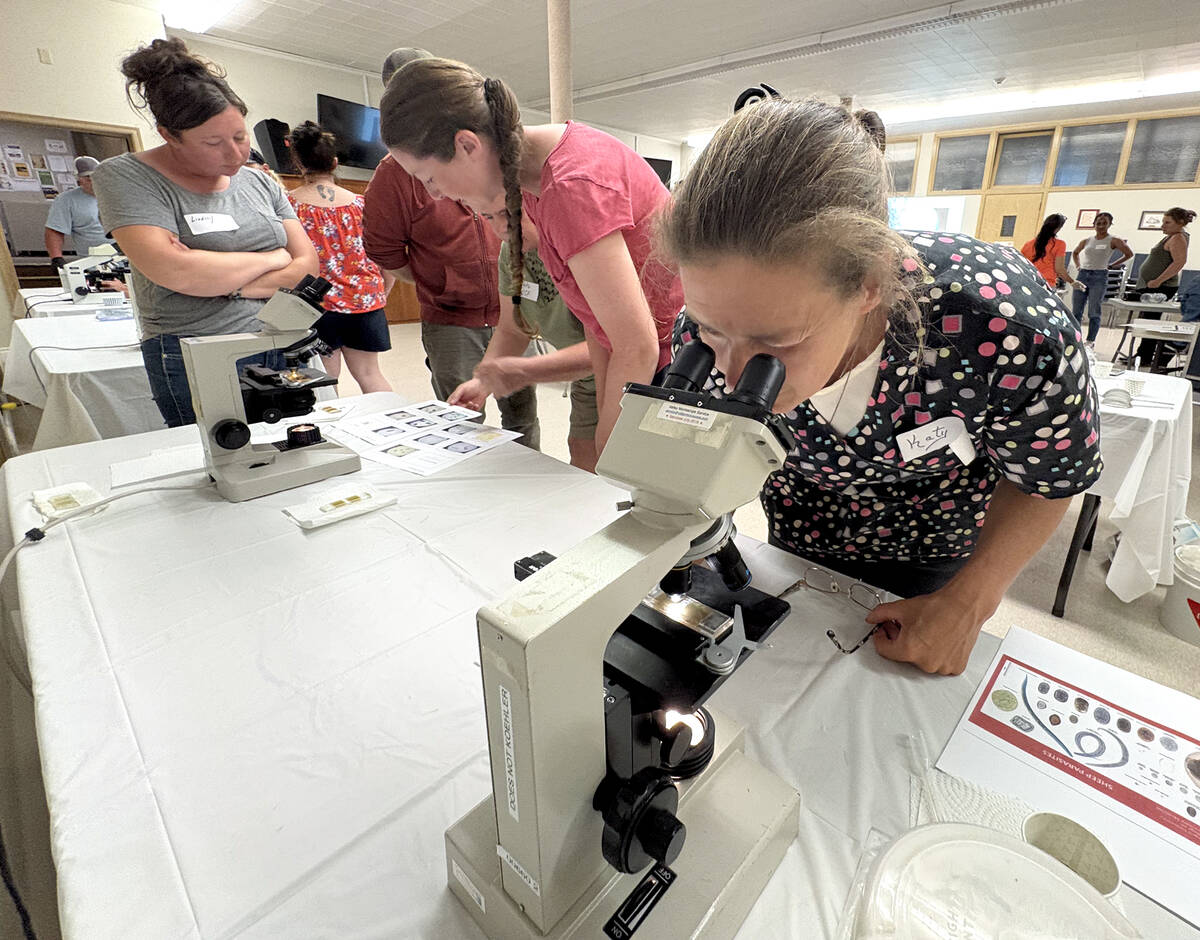
Smart deworming for sheep starts with individual fecal egg counts
Fecal egg count tests are one step to managing dewormer resistance and managing sheep parasites on Canadian sheep farms to maintain flock health.
Silage operators are among the few who can operate rain or shine.
Just east of the bush-covered sandhills near Grand Clariere, two swathers from Minnedosabased Prairie Silage Services could be seen making the rounds on a field of first-cut alfalfa.
The crop was heavy, at around seven tonnes fresh weight per acre, said one of the operators.
GOOD YEAR FOR SILAGE
Dana Johns, who along with partner Jim Ritchie runs a five-man custom silage operation called Agland Farms based in Souris and Kenton, said the non-stop rain has many farmers calling to get their name on his waiting list.
But the soggy weather has caused considerable difficulties, with trucks getting stuck, even in the sandy soils around Souris.
“Anything that looks even remotely like a wet spot, you’ve got to stay at least 100 feet away or more,” said Johns.
“There’s never been this much water laying around. We’re hoping it will quit raining and dry up here shortly. We’re not making too much headway; it’s kind of a slow process right now.”
Their crew got rained out the day before, and when they headed up to Kenton to try to get some work done, it rained there too.
On the brighter side, alfalfa and fall rye yields are “excellent” this year, he added, but whether hay will be short or abundant depends on the weather.
Keith Wohlgemuth, who runs a custom silage operation near Oak Lake as a sideline to his own cattle herd, said that the unsettled weather has helped convince some cattle producers to put up part of their winter feed as silage.
“The guys are as concerned about finding feed for their animals as they are about whether to spend the money on chopping it,” he said.
“I’m a firm believer in it. I think we just can’t afford to lose any hay to bad weather.”
SALVAGE EFFORT
In the Assiniboine Valley, where water levels are creeping up, one of his regular customers has opted to ensile his alfalfa instead of baling it in the hopes of salvaging the first cut.
“He’s saying that if we can get it done in three or four days, he might have a crop,” said Wohlgemuth.
Most of his customers this year are regulars. Others who haven’t done silage before are considering it, but they may be unsure if it is right for their farm, he said.
Some, who typically bale all their hay, may be holding out for a dry spell long enough to get some hay up.
That takes guts, however, because so far there have been very few rain-free stretches of weather long enough to dry the hay properly.
On the other hand, things may improve, he added.
“If you look at the calendar, we’re not that far behind,” said Wohlgemuth. “I talked to a couple guys who do a lot of square baling and they said that normally they are just kind of wrapping up their first cut by the 10th or the 15th of July.”
But if hot, dry weather doesn’t come soon, feed might be in short supply this winter, he said.
Despite the monsoon-like rain in recent weeks, cooler weather in May has held crops back a bit, he added. Younger stands of alfalfa are showing “pretty phenomenal” yields as high as seven to eight tonnes per acre, but older crops haven’t held up as well.
Overall, with 15 to 20 per cent of many fields drowned out, mud holes to dodge and time wasted pulling trucks out of the mud, it’s still far from a boom year for silage operators, said Wohlgemuth.
“If it was easy, everyone would want to do it,” he said with a laugh. [email protected]






